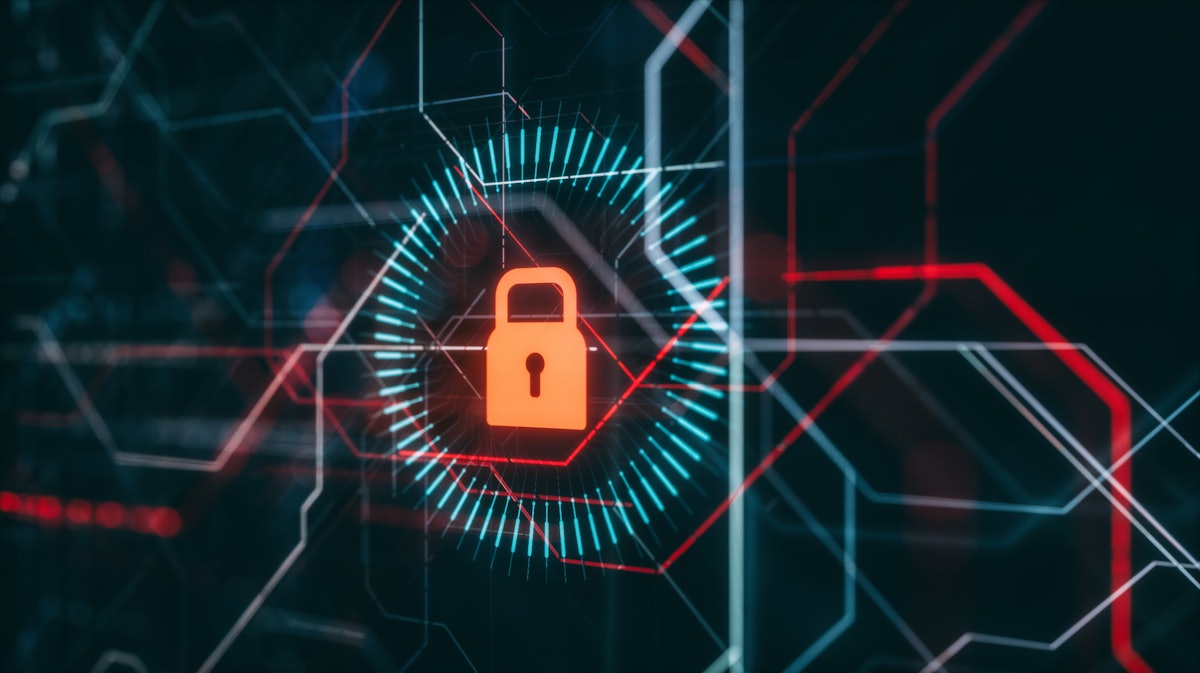3 Reasons to Focus More on Cyber Resilience than Compliance
To say our country is at war with cyber criminals is an understatement.
The onslaught of attacks is relentless, and the numbers are staggering. Last year, 800,944 cybercrime-related complaints – or nearly 2,200 per day – were reported to the FBI’s Internet Crime Complaint Center. While the number of complaints dipped by five percent, the dollar value of potential losses skyrocketed 48 percent to $10.2 billion.
It seems that each day we hear or read about a new breach at some of our country’s most venerable private and public sector institutions. In mid-June, for example, Russia-linked criminals breached several federal agencies. Among those agencies was the Department of Energy, which oversees our country’s nuclear weapons – and whose cyber defenses were breached two years earlier.
Recognizing that our country is in an unending war, lawmakers have proposed more funding for cybersecurity for fiscal year 2024, earmarking $13.5 billion for the Pentagon and another $12.7 billion for other agencies. The recommended funding package includes $3.1 billion for the Cybersecurity and Infrastructure Security Agency, which would represent a modest $145 million bump in the agency’s current budget.
That is a positive step forward, but here is the problem: Our federal government has a long history of being obsessed with compliance-related rules and regulations. That mindset thwarts progress for a couple of reasons.
- First, our adversaries do not have compliance standards to meet. They only care about winning each battle and causing maximum harm.
- Second, a compliance mindset is reactive rather than proactive. With each successful breach, policymakers seek to “fix” the problem through improved compliance. It is a slow and ineffective approach because by the time new standards are approved and implemented, threat actors have found other ways to bypass the new safeguards. There is a long and growing list of organizations that met compliance standards, yet fell prey to criminals.
- Compliance is the lowest rung on the cybersecurity ladder that also includes maturity and, at the top, effectiveness. The obsession with compliance has another negative consequence….



